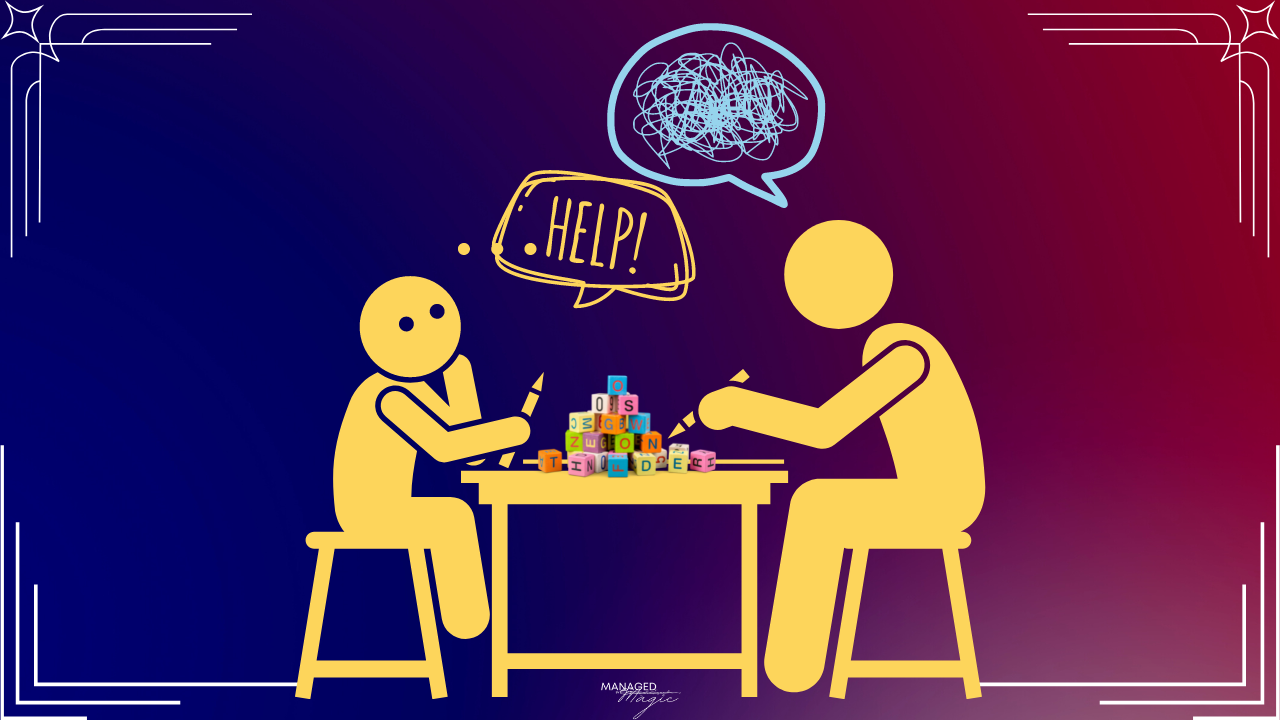
What are learning disabilities?
Something to consider when you were designing your course, is how people may have a condition that affects their ability to learn. This is a learning disability.
A learning disability means that someone understands information differently than the vast majority of people. This can cause them to fall behind in school, have a hard time processing certain types of information, and even make it difficult for them to sit still or interact with others during a classroom situation.
Many disabilities are not seen which makes it difficult to work with your students if they have a learning disability. This is where communication and knowledge come into play. To help you out, and to help your future students, we're going to cover a few of the common learning disabilities that people have to deal with and some of my tips.
Sensory disorders
If a person has sensory issues, then they are more likely to get distracted or need a different type of sense to activate as they're learning information.
Sensory disorders deal with all five senses and sometimes the infamous sixth sense well. If you have a student that has sensory issues, there are a few things that you can do to make sure that the student is still able to learn. Avoid flashing lights and make sure you're using recording equipment that doesn't distort sound or video. It’s also a good idea to provide printables that allow the student to touch the information and connect.
Dyslexia And Dyscalculia
This is one of the most common learning disorders for people to deal with. Those that have dyslexia have a hard time reading, and writing words due to how their mind processes the information. Dyscalculia results in difficulty processing numbers and mathematical calculations. Dyslexia is more common than dyscalculia, so we will focus more on addressing how dyslexia impacts education.
Dyslexia is a learning disability that is lifelong. Those that struggle with it, have done so since a young age. How can you help dyslexic students you might have? Making sure to reduce the amount of necessary reading in the course is a big one!
When doing presentations you can rely more on reading the information that they need to know, or talking about the information that they need to know rather than displaying it on a powerpoint presentation, as that may make it difficult for these students to process the information while also listening to you. This can be done by providing students with various ways they can intake the learning experience based on what fits best for their individual needs.
ADHD
Those who suffer from this condition, have to learn how to control their attention. This learning process often takes time, and some individuals may have not been diagnosed, or they may not have access to the medical services that they need. In any of these situations, a great way to maintain intrigue and interest is to provide a variety of resources. It will also help to have something available for the student to interact with during the video or during the course.
I hope that this post has helped you see how to help other people learn. Remaining aware of what your students are facing, will always help you design a course that is more accessible and easier to navigate for people of differing abilities.
Implementation: Adjust at least one component of your course or website to be more mindful of individuals with learning disabilities. Let us know how it goes for ya!
Sign up for Expert Operations Tips on Managing Your Educational, Professional & Personal Journey!
Get exclusive insights, expert tips and tricks, industry news, inspiring updates, powerful strategies, and motivation!



